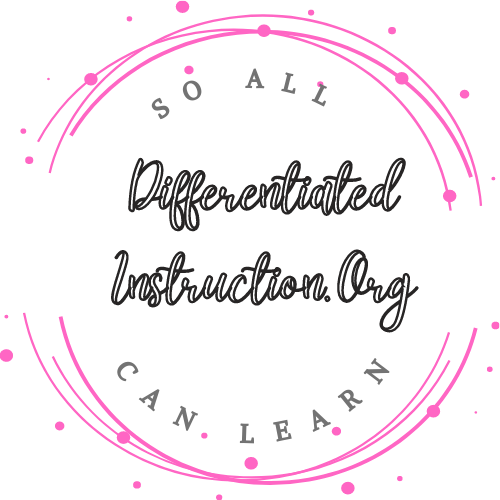An Example Reading Intervention for First Graders based on the Science of Reading
When I came to my elementary school at Christmas of 2022 I began working with the students right away using a phonics based method, along with fluency and comprehension exercises (vocabulary wasn’t part of the curriculum). This intervention was designed based on more than a dozen years of similar successful interventions, and I fully expect to see marked results in terms of nonsense word reading, fluency, and accuracy.
I will report on that when more results are available.
Meanwhile, let me sketch out that we did the following exercises. The question came up: How long were we working on phonics, compared to comprehension and fluency?
| 1 | Exercise | How Long? |
| 2 | Phonics song warm up | 1.5 minutes |
| 3 | O-G Phonics powerpoint | 1.5 minutes |
| 4 | Sight words cards | 2 minutes |
| 5 | Nonsense Words PowerPoint | 2 minutes |
| 6 | Single Word Practice/Word Attack Skills | 20 minutes |
| 7 | Reading whole text | 20 minutes |
| 7 | Small group/writing/Lexia | 20 minutes |
| Transitions between the seven lesson components | 2 minutes per section, so around 15 minutes over all. |
What you can see from this chart is that the phonics components of the lesson actually take relatively little time on task. The entire lesson is 80 minutes; the phonics component is, if you include practicing sight words, ten or fifteen minutes of that time.
Comprehension, then, tends to take up large blocks of time, and fluency (word attack skills) is second in place in terms of time spent. Why then, when phonics’ benefits are so well attested, is everyone saying, with some truth, that phonics is undertaught?
The reason I can offer is only an opinion. Teaching phonics as it has to be taught – with repetitive drills until mastery is reached – is hard work, exhausting, even, for both teacher and student.
Good phonics instruction also flies in the face of what principals and teachers have been taught is good instructional practice: higher order questions, which are said to “grow” the brain at faster rates of speed.

A discussion of Bloom’s taxonomy is operative. In Bloom’s triangle, the greatest gains are expected at the pinnacle of the triangle, where analysis and synthesis are practiced. Teachers are taught that keeping higher order questions preeminent is the way to grow their students’ brains and produce academic gain. Higher order generally means reading comprehension in everyday practice.
This is not technically wrong. However, in the case of reading, it is putting the cart before the horse. While higher-order comprehension questions are clearly indicated for readers who are at or above grade level, such questions are not accessible independently for low readers. These readers are then often offered the opportunity to “work with a buddy” who actually reads the text.
The problem with this approach is obvious. Once the buddy is no longer there, the low reader, facing the CMAS or other state board test, cannot get out of the blocks, metaphorically speaking.
The only answer for kids who struggle with phonics, High Rep Kids, as we call them in our building (some of these kids may have a greater or lesser reading disability; others may just be slower learners, and many just aren’t very good at paying close attention at the age of six) is to work on phonics longer (the oft-repeated dictum of Time on Task). This has to be done with the extra effort to obtain engagement. And sometimes, between the facts that such instruction appears rote and may seem dull to either child or principal (although in my experience, it is the latter who is most likely to doubt the effectiveness) and the fact that teachers never have enough time, phonics instruction may be shortened or skipped.
With disastrous results.
I created the above chart to show that phonics instruction doesn’t take too long.
I hope that more teachers will see this as an opportunity to work on phonics with High Rep Kids until these students reach mastery and their full potential.
